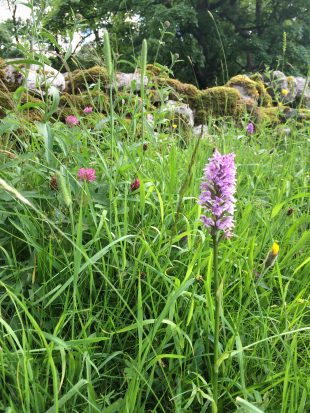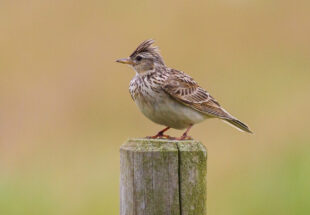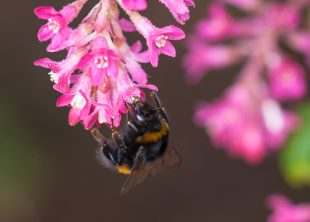As Countryside Stewardship embarks on its third year of applications, Dawn Metcalfe, Countryside Stewardship Senior Communications Adviser, offers some suggestions on how to pull together a successful Mid Tier application.
When a Countryside Stewardship (CS) Mid Tier application pack lands on a customer’s doormat, they may well wonder where to start. After all it may be five or ten years since they last applied for an agri-environment agreement. With many years of land management funding riding on a successful application, it’s vital that the customer understands what to do and in what order. Here are a few hints and tips to help them out.

- Choose the best options in the best locations
-
- Before you start thinking about what to apply for, it’s well worth looking up what the local priorities are for your area. Use the CS Options Finder Tool on the Rural Payments service (www.gov.uk/rural-payments) to identify the priority options best suited to your farm and location. This should increase your score making it more likely you’ll be offered an agreement.
- Check out the checklist
All customers are being sent a Mid Tier applications quick guide (which will either be included in their pack or sent to them separately). This provides really useful reminders of each of the steps that need to be followed. In brief the key points are:
- Check your land is registered correctly with the RPA. All land parcels where options are to be located must be (i) registered with the RPA (including areas that may not be eligible for BPS, such as farmyards where water capital items may be located); and (ii) linked with your SBI (Single Business Identifier). If not, you’ll need to download and complete an RLE1 form to update this information. Send the RLE1 form to the RPA immediately so it doesn’t delay your CS application.
- Check option compatibility with BPS 2017 land use. Some CS options can only be put on permanent grassland and some only on arable land. To check compatibility, look up the individual option or capital item details on GOV.UK.
- Review your Historic Environment Farm Record (HEFER) to think about how this could influence your options. This should arrive within 20 working days of your application pack.
- Complete your maps. On your Farm Environment Record map remember to include all hedgerow trees and use correct colour codes for hedges (as shown on the map legend). On your Options map, check all non-rotational options and capital items are marked on the map.
- Include all of the required evidence. Obtain all necessary evidence to include with your application. Botanical assessments and/or planning consents can take a little time – so don’t delay. All required evidence must be received by Natural England by 30 September 2017.
- Double check your form. Give the form a final ‘once over’ to check you’ve answered ALL the questions on the application form; included all of the required information and that each option or capital item meets the minimum area/length requirements.
- Sign the form. The form must be signed by person(s) with authority and capacity to complete the application. Even though the application is on a paper form, an agent or someone submitting the application on behalf of the business must have ‘Submit’ permission under ‘Countryside Stewardship (Applications)’ on the Rural Payments service. Call the Rural Payments helpline on 03000 200 301 if you need any help with this.

- Help is at hand … and it’s free! If the farm is in an area where reducing diffuse pollution from agriculture is a priority, then free Catchment Sensitive Farming advice is available. Call 0208 026 1089 for more information.
-
- You don’t have to work through all this on your own. There is lots of free advice, both to help you pull together your application or to check it before you send it in. One to one appointments are available at clinics all around the country. In the South West contact: FWAG South West on 01823 663074 or csadvice@fwagsw.org.uk. In the rest of England contact: ADAS on 0845 3713399 or bookings@adas.co.uk.

- Don’t miss the deadline. If you need any more information or wish to discuss your application, please contact Natural England Technical Services on: 0208 026 1089.
- Natural England must receive your completed application and all required evidence by 30 September 2017. Apply as early as possible. The sooner you apply, the greater the opportunity for us to check for obvious errors (i.e. unanswered questions or missing signatures) and, if time permits, ask you to provide any updated information before the deadline.